Right before Thanksgiving, I was lucky to be invited to hunt with friends in southern Texas. This was a new opportunity for me, and I was excited. One unique thing about this hunt was that it would be during the night on a private ranch. Of course, I was planning to photograph and film it.
The trouble is, it’s nighttime. There was a mostly-full moon, but there was also lots of cloud cover and intermittent rain. We were in the dark and couldn’t use lights because it would scare away the critters we were after. There was a single light at the ranch house and we had some red lights that make less impact on animals, but it was mostly very dark.
Nighttime hunt = Holiday portraits
This is pretty much the same situation you’ll have when you make pictures of your kids’ faces illuminated by lights on a tree or by candlelight. It’s largely dark with little highlights. There are three things you need to remember about making pictures in the dark.
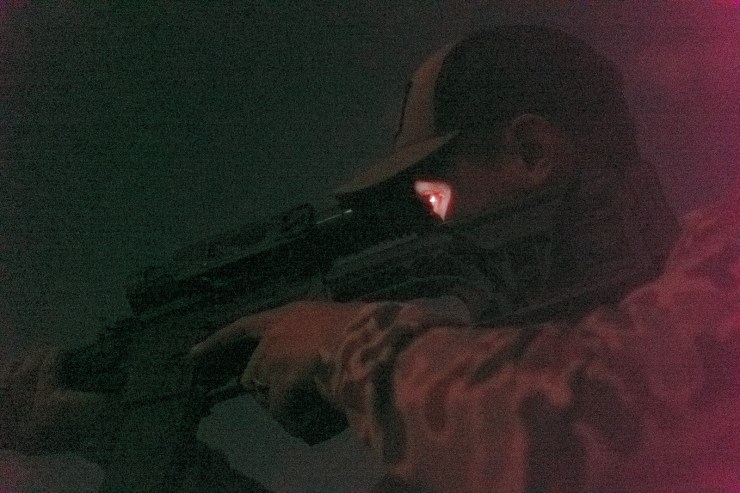
1. It’s supposed to be dark!
The thing about making pictures in the dark is that the pictures should be dark. If you’ve set your exposure so that there is detail visible in the background, then you’ve set it too bright. You should have nice dark areas in your pictures with just little bits of highlights. Expose for the highlights and let the rest be dark.
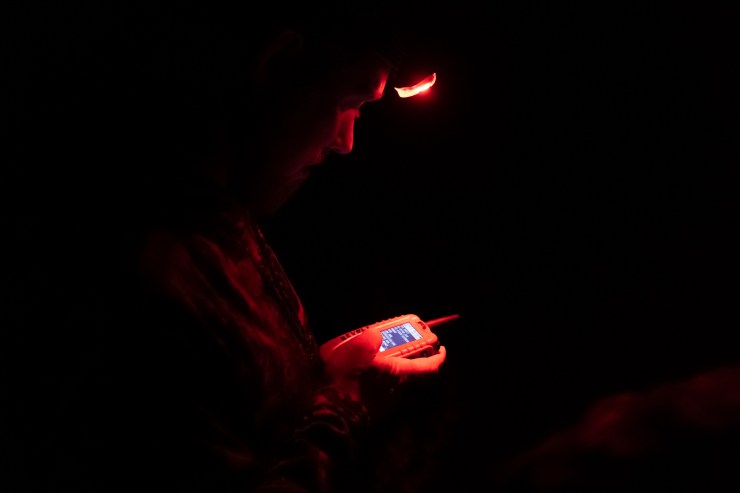
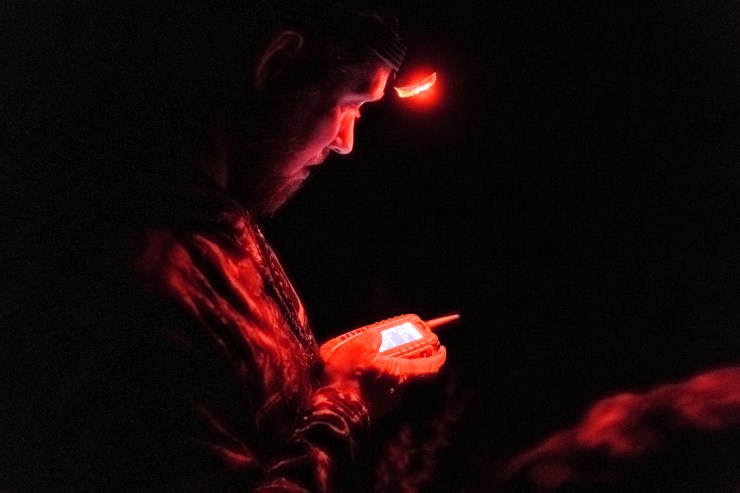
2. Crank the ISO
I know you want to have high-quality pictures without visible grain. But it’s not realistic, and it’s not important.
If you leave the ISO set to 400 or less, most situations will require a shutter speed that is too slow to handhold your camera. Even if you put it on a tripod, your subjects will probably move too much for a sharp picture.
**A sharp picture with grain/noise is 1000% better than a blurry picture without noise.**
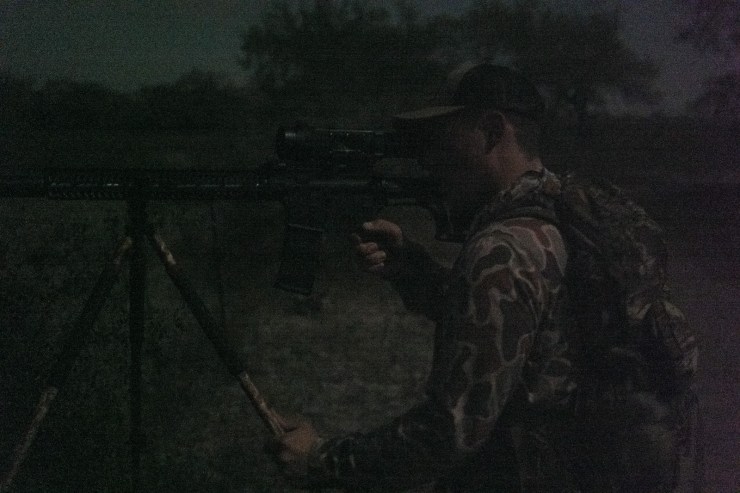
So don’t be shy. The pictures you see here were all shot between 10,000 ISO and 64,000 ISO. And that still left me shooting at 1/2 second handheld — which means I shot dozens of frames of the same pose or scene to get one frame that is sharp.
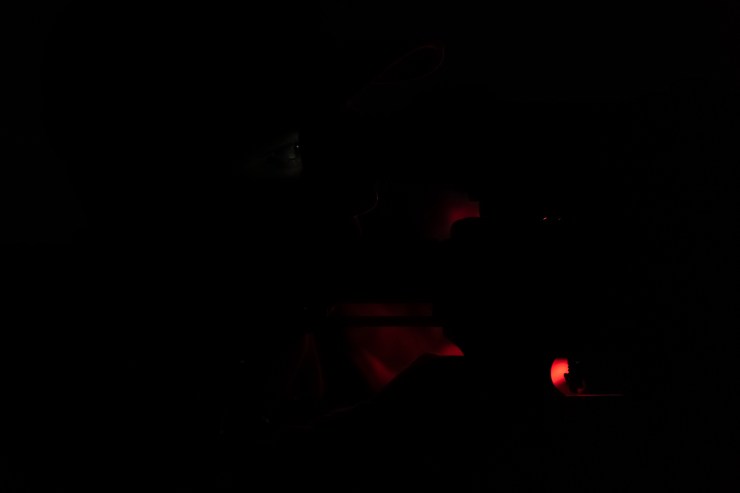
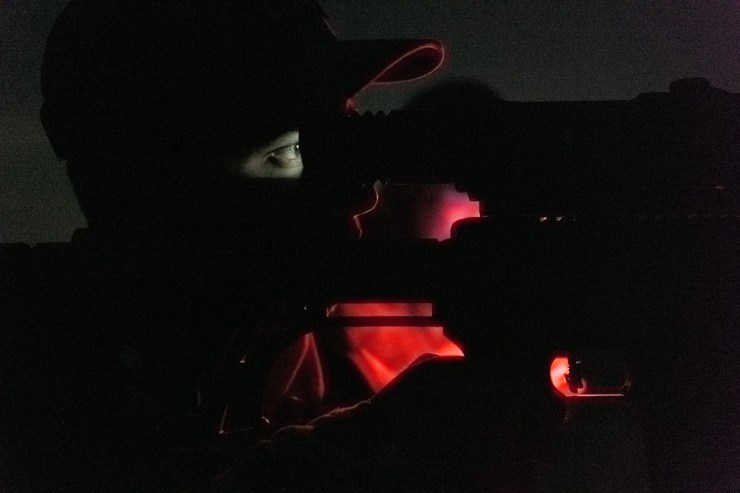
3. Know your software
Even when I embrace the dark and crank up the ISO, I still didn’t get great, shareable photos right out of the camera. I worked these over in Lightroom to brighten the whole thing and bring emphasis to my subjects. Mostly, I worked on one then applied the same settings to the others. You can see the before/after if you hover your mouse on each photo.
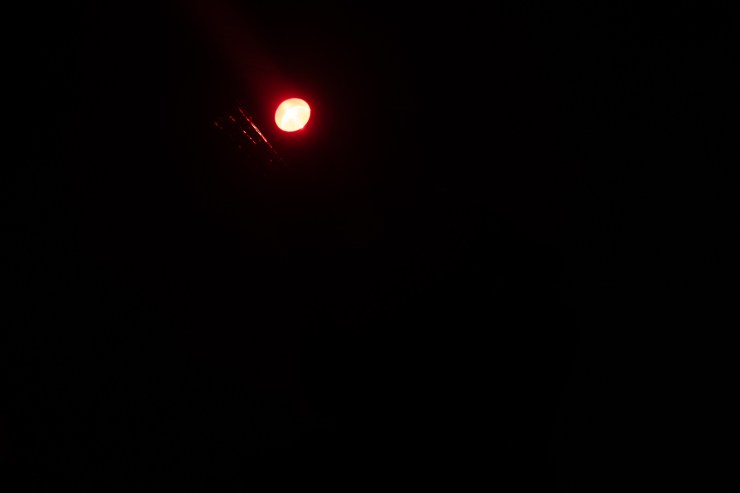
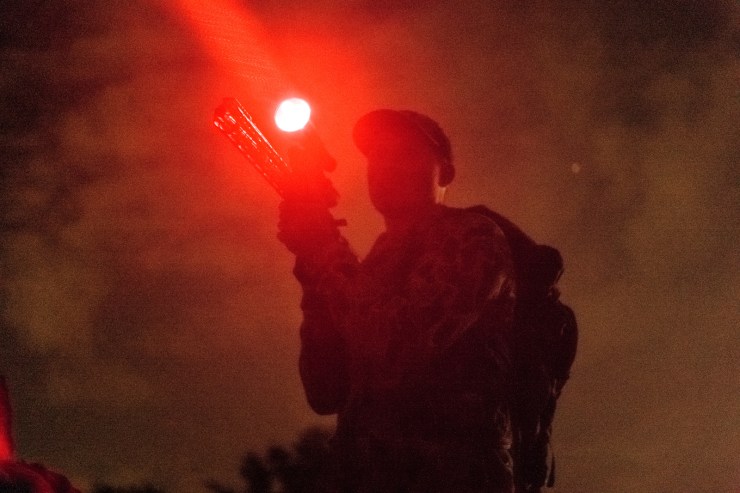
Lightroom isn’t the only tool that can salvage your dark situations, either. I used LuminarAI for this one, and I like the results better than the Lightroom version above.
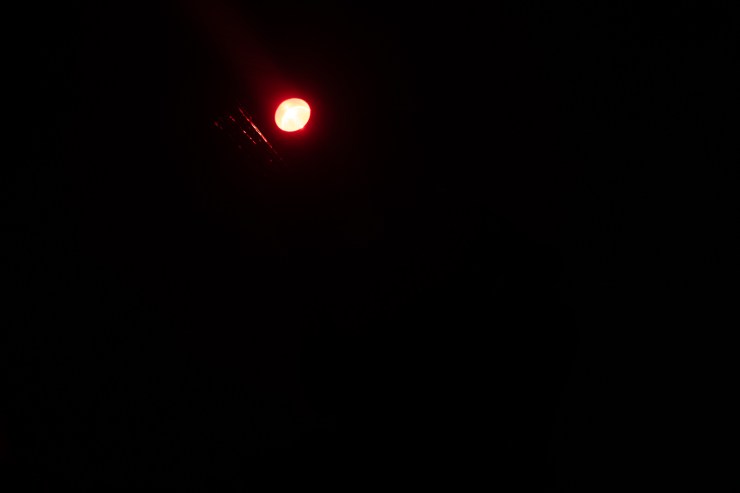
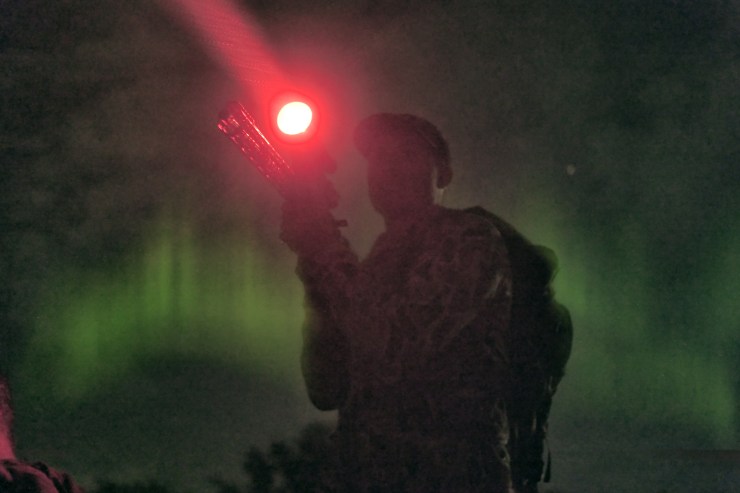
And of course, going black and white covers a lot of problems.
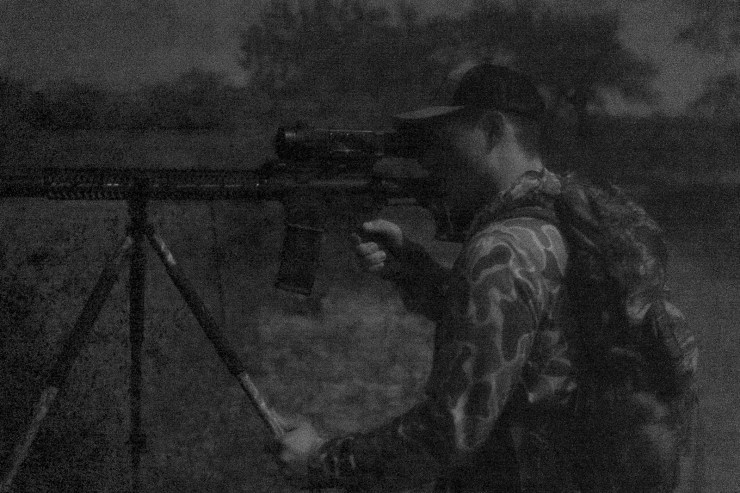
Embrace the dark
Don’t worry that your camera doesn’t have the greatest lowlight performance on the market. Embrace the dark and make pictures anyway. Make those adorable pictures of kids illuminated only by tree lights or candlelight. Crank up that ISO and push your software — move sliders farther than you’ve ever done before and try combinations that just wouldn’t normally work.
Most of all, Merry Christmas and happy holidays.
Portrait Tips come out each week, and you can see them all right here.
Tell your story with the second annual Visual Storytelling Conference!
Experience four days of interactive, online training sessions featuring a range of educational content with experienced photographers and content creators. This free event kicks off with a series of technical boot camps to build essential skills, followed by live, online sessions on photography, video, business and social media. Join live from March 10-13, 2022!
